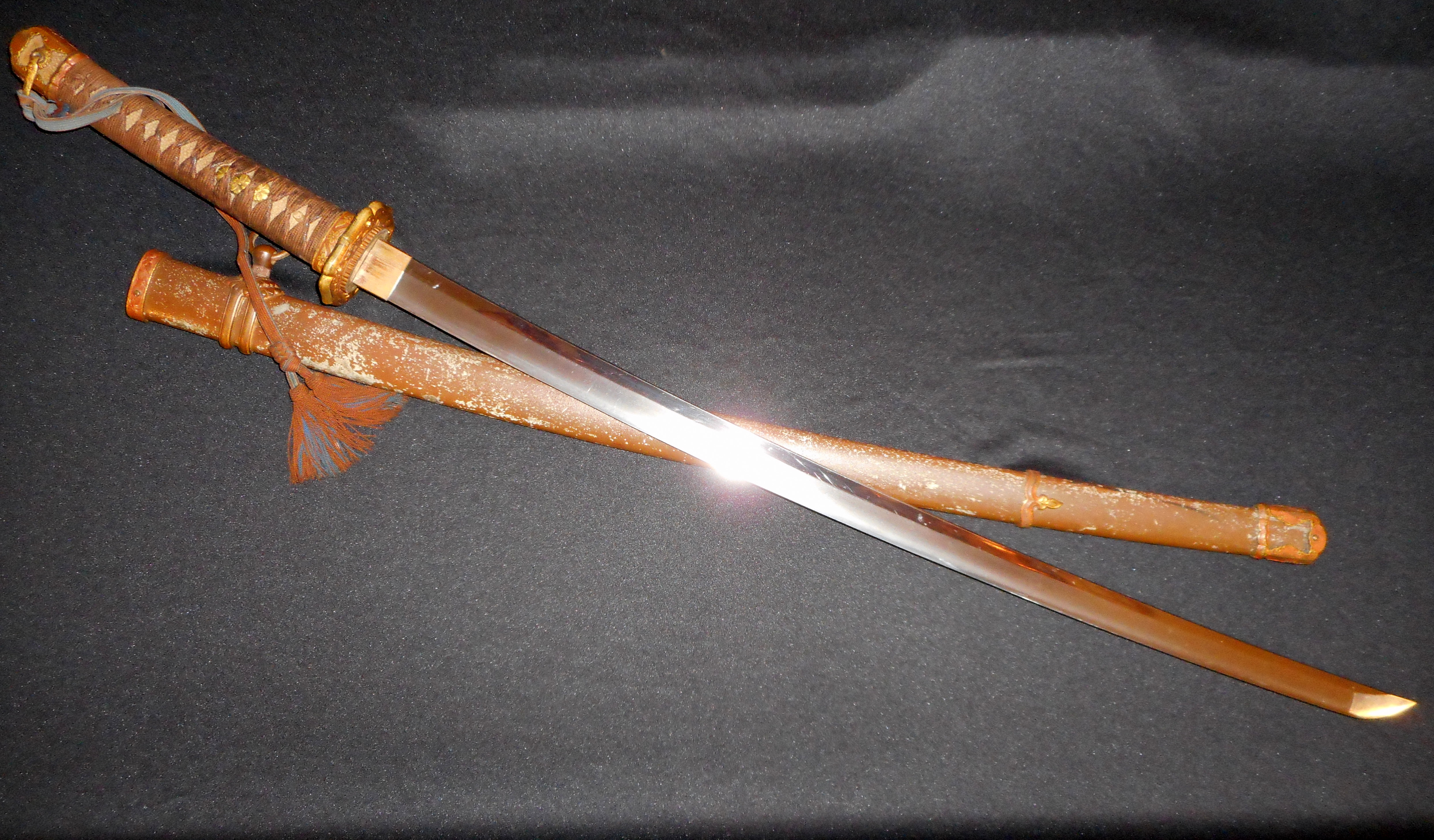In the heart of Japan’s centuries-old tradition of swordsmithing lies the artistry and precision that birthed the legendary katana, a weapon that embodies the soul of the samurai. The Essence of Steel unveils the sacred journey of mastering this ancient craft, transcending metallurgy to become an art form that captures the spirit of the warrior. Rooted in the reverence for nature and an unwavering commitment to perfection, the katana is a testament to the fusion of spirituality and craftsmanship. The process begins with the careful selection of raw materials, as the blacksmith, or tosho, contemplates the very essence of steel. Iron sand, known as tamahagane, is smelted in a traditional clay furnace, a sacred ritual that bridges the mundane with the divine. The tosho, often considered a spiritual guide as much as a skilled artisan, channels centuries of wisdom passed down through generations. The crafting of a katana is a meticulous dance between fire and steel, requiring an innate understanding of the metal’s nature and an unwavering commitment to perfection.

The steel is folded repeatedly, a symbolic act representing the purification of the material and the removal of impurities. Each fold intertwines the blade with layers of history, creating a canvas for the unfolding tale of the sword’s journey. The artisan tempers the blade through a delicate balance of heating and cooling, infusing it with both strength and flexibility. The resulting harmony between hardness and resilience is the very essence of the katana’s lethal beauty. The shaping of the blade is a spiritual dialogue between the craftsman and the metal, an intimate connection that requires patience and discipline. The curve of the katana sword, known as the sori, is meticulously honed, reflecting the grace and fluidity inherent in the samurai’s movements. The blade’s geometry is perfected to optimize its cutting efficiency, a manifestation of the sword’s lethal purpose.
The crafting of the hilt, or tsuka, and the guard, or tsuba, is equally intricate, with meticulous attention given to every detail. The wrapping of the hilt in silk or leather, known as the tsukamaki, serves both functional and aesthetic purposes, providing a secure grip while enhancing the overall elegance of the weapon. Beyond its physical attributes, the katana embodies a deeper philosophy, a symbiosis of the warrior’s spirit and the craftsman’s skill. The swordsmith imparts a piece of his own essence into the blade, creating a connection that transcends time. The Essence of Steel encapsulates not only the technical mastery of forging a katana but also the spiritual journey that transforms a mere weapon into a symbol of honor, loyalty, and the indomitable spirit of the samurai. As the katana emerges from the flames, it carries with it the weight of centuries, a timeless testament to the enduring legacy of Japanese swordsmithing.